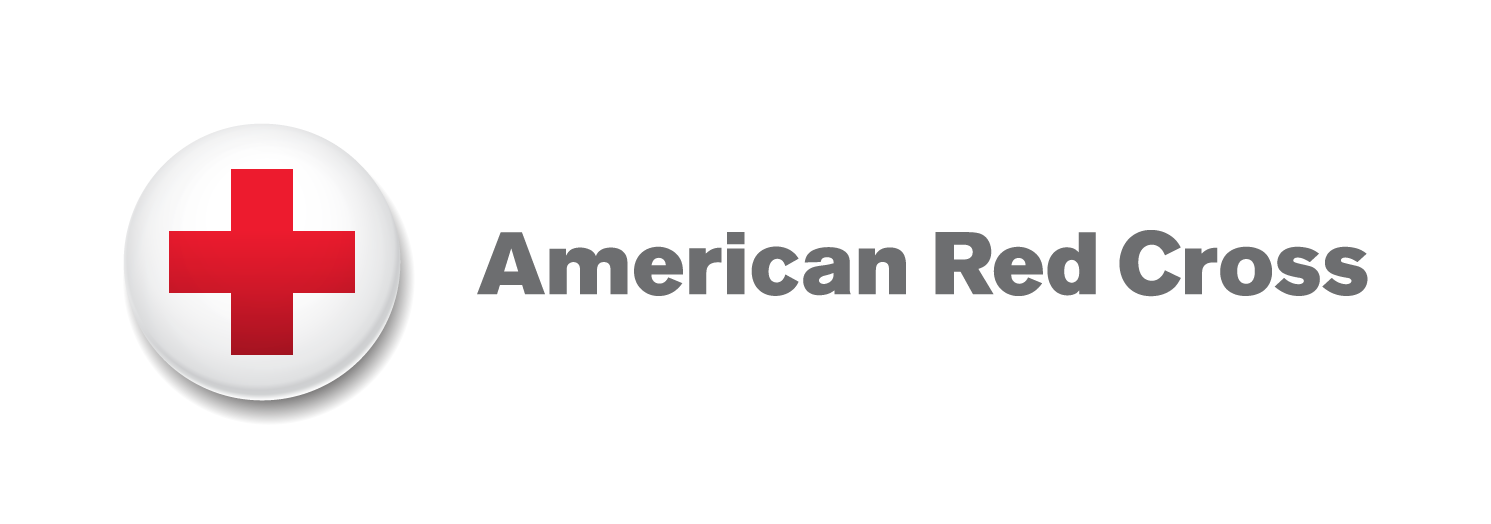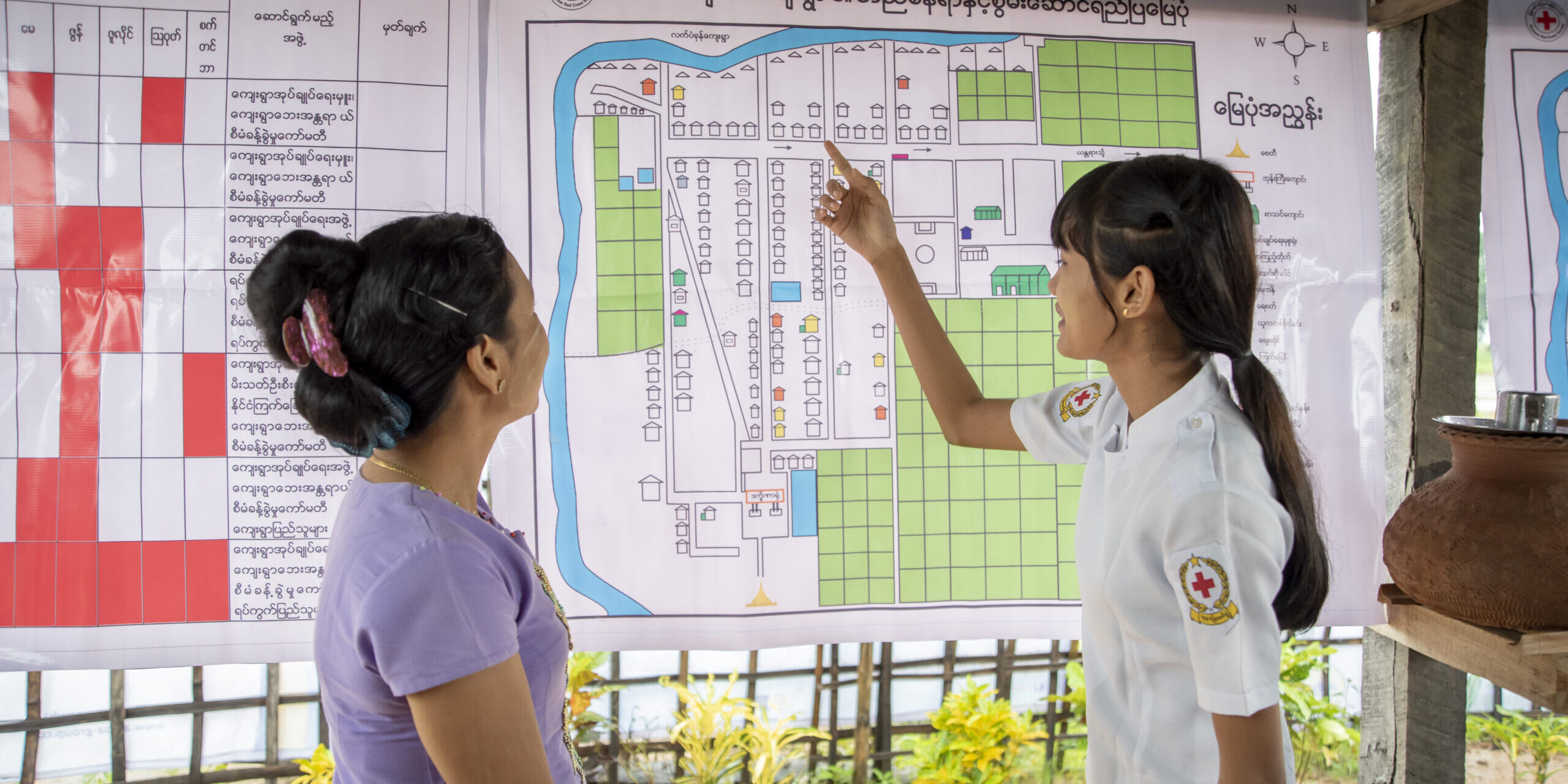
Monitor
Best practice standards, a menu of resources, and step by step guidance for DMERL (Design, Monitoring, Evaluation, Research & Learning) in each phase of the project management cycle.
Why Monitor?
Monitoring is when the rubber hits the road. After designing and planning your project, you and your team are now implementing it. The reality of implementation is always more challenging than expected. You may be working in uncertain conditions or responding to an evolving humanitarian need. Therefore, you need to monitor how your project is performing and whether you are delivering the right (and quality) results. You want to keep an eye out for any risks and take advantage of successes. The Monitoring phase can be an intense and busy time – and because of this the Framework lists the most DMERL Best Practice Standards in this phase.
Effective project monitoring ensures:
- Project economy through efficient management of time and budget.
- Productivity through adaptive co-management.
- Risks are mitigated before they become issues and change requests.
- Fidelity of plans, with greater quality assurance and adherence to technical standards.
Best Practice Standards
This DMERL Framework shares four Best Practice Standards for the Monitor phase of DMERL in the Project Management Cycle.
Key Resources on Monitoring in DMERL

Guidelines:
Tools:
General Resources:
How to Monitor a Humanitarian Project
Step 1 - Do baseline data collection
Baseline data should be collected before your project makes changes in the target community (within the first 90 days of the project start-up). Your data sources can be secondary (existing data) or primary (data collected by you).
Step 2 - Set targets
A target is a specific, planned level of a result to be achieved within a specific timeframe. Targets should be set based on baseline data but also on project needs and resources (right sized). Targets should be ambitious but achievable within the timeframe of the project or reporting period. You should update your targets annually.
Step 3 - Collect indicator data
After you collect your indicator data, it should be reported into a centralized knowledge management system on a quarterly basis. Make sure the beneficiary counting is disaggregated by sex. Where possible, also disaggregate by age and disability, if appropriate to project design.
This step meets DMERL Best Practice Standard 5: Milestone and KPI data is collected, reported (in ECOS) and used for project management.
Step 4 -Analyze and report data
Regular reporting (e.g., monthly) enables you to do the ongoing monitoring needed to check progress against workplans, check risks and assumptions and identify lessons and successes.
You should produce targeted reporting products for your various stakeholders at appropriate levels of “need to know,” targeting the audience with relevant information. When presenting or reporting information, it should be accessible, actionable, credible, relevant, timely and understandable. Consider using data visualizations and dashboards to present reporting data.
Step 5 -Conduct CEA activities
You should use CEA activities to ensure that national society staff or volunteers communicate directly with the target community at least once a quarter. Consider maintaining a functioning community feedback system in partnership with the national society.
This step meets DMERL Best Practice Standard 6: CEA activities are implemented according to the project plan, fit for purpose and reactive to the needs, perspectives, and concerns of the community.
Step 6 -Monitor project management issues and risks
Monitor project risks during implementation and log issues. If you need to change your workplan to respond, make sure that you discuss with the project manager or accountable staff member(s), agree upon and document what the issues and risks were and why you needed to make the changes.
This step meets DMERL Best Practice Standard 7: Project risks are mitigated, issues are managed, and all change requests are documented.
Step 7 -Review and adapt, including revising targets if needed
Learning activities should be mainstreamed into project activities as per the MEL Plan and then documented.
You should conduct at least one pause and reflect session per year. You can also integrate other learning activities into your daily work. Good resources for learning activities are the IFRC Learning toolkit, or the USAID CLA toolkit.
You should go back to the Theory of Change (ToC) to help craft the questions for evaluation and learning. For instance, use your learning questions to test your ToC assumptions.
Use the evidence from your learning activities or your other MEL actions to check if your ToC and LogFrame are still relevant and revised if needed, with changes documented. You may also need to adjust your targets based on previous achievement and changes to the project.
This step meets DMERL Best Practice Standard 8: Learning activities are completed as per the MEL Plan, documented and projects are adapted.
Knowledge Management & Learning at the Center of Monitoring
Knowledge and learning is also incorporated into the monitoring phase of the project. The Monitoring Evaluation and Learning (MEL) Plan often includes a "change log" for adapting the plan throughout the implementation period if new knowledge is acquired about the context or there is learning that indicates an improved approach to project implementation. The "change log" or "change request" mechanism can be used in a variety of project monitoring tools.